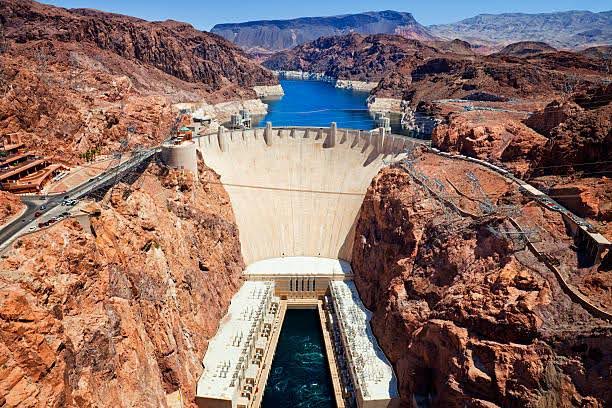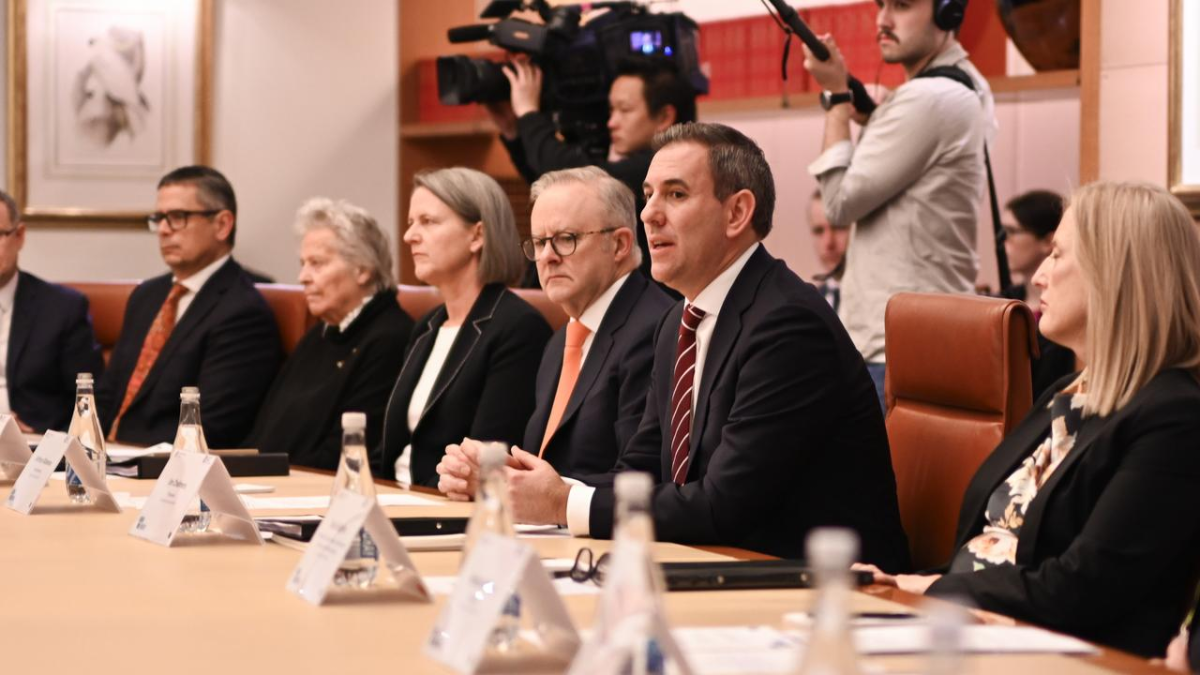Infrastructure Mega Projects have gotten economies through hardship. Given recent budget blowouts, are the net benefits crumbling away?
[As a writer for ESSA in 2025, Toby has an interest in global politics and economics. As an engineering and commerce student, he offers a combination of practical applications of knowledge and a passion for writing to provide engaging and informative content. His engineering background offers a unique perspective on the economic world, and everything it impacts.]

It’s a far too familiar tale. A new mega infrastructure initiative will be proposed by the government. The details will be scant and a detailed business case nowhere to be found, instead replaced with terms like Cabinet in Confidence or commercial sensitivities. There will be reassuring words though, about the benefits, fancy graphics, motivational music and bold statements such as “nation building”.
Inevitably budgets and timelines will be exceeded, and the project will be either redefined as too important to fail or quietly abandoned after spending millions with no tangible outcomes.
Economists are largely supportive of significant investment in infrastructure, with a key aspect of the Keynesian school of economic thought being government intervention and spending, including in the infrastructure sector, to stimulate economic growth. Historically, when recessions or depressions have burdened an economy, infrastructure projects (including mega projects) have been some of the pillars upon which the economy was rebuilt. However, with the increased cost of labour, fluctuating interest rates and an unpredictable political landscape globally, are the benefits of building mega projects crumbling away?

Why are we overspending?
The Centre for Independent Studies published a paper in 2023 citing that 74% of completed large and technically complex projects in Australia are over budget or behind schedule.
Mainstream media reporting on performance of current mega projects is evidence this trend is not improving.
Not surprisingly numerous papers and articles have been published on why we are overspending. While they all conclude similar symptoms such as unexpected ground conditions, change in scope or COVID, one publication by Professor Bent Flyvbjerg at Oxford University titled How Big Things Get Done cites two underlying human factors as root causes of project failure.
The first factor is optimism bias, as we as humans are naturally optimistic. While from an evolutionary perspective that is a good thing, on a project that can lead to problems, such as optimistic budgets and schedules.
The second human factor is power.
“If we want to get a project approved and funded then we make it look good on paper, and anyone can make a project look good on paper.” Surprisingly Flyvbjerg found from the analysis of their data that the more beautiful you make your project look on paper the worse the cost and schedule overruns you could end up with. One might posit that power is perhaps the first root cause coupled with our human tendency for optimism leading to the potential for project failure.
This is an issue not exclusive to Australia, with the HS2 railway in the United Kingdom facing similar issues. Touted as a way to seamlessly link the traditionally working-class northern regions of the country with the more prosperous southern regions, “Levelling up” the nation. However, 24.7 billion British pounds ($50.39 billion AUD) later (Institute for Government UK, 2023) no services have been delivered and, in 2024, the then Prime Minister Rishi Sunak cancelled any northern sections of the scheme.
The causes for HS2’s failure, on the surface, look unique to the United Kingdom. Political instability throughout the design and early delivery stages due to the shock referendum result of 2016 supporting the succession from the European Union detracted the necessary prioritisation a project of that scale requires. However, a deeper investigation shows similar problems existed. Underestimating costs to make the projects more appealing to the general public (power and optimism). This has been exacerbated with symptoms such as inflationary pressures driving up construction costs. Spokesperson for the HS2 scheme Jon Thompson reported in 2024 an overall construction inflation figure of a scarcely believable 27%. According to Thompson the price of concrete alone had risen 48% over the three-year period following COVID, with steel prices increasing by 47%.
Yet the political appetite still appears to be to push through any financial difficulties and to provide services to the nation, irrespective of the cost to benefit ratio. Whether due to political power plays, with leaders liking to have a physical asset with which their legacy will be (both literally and figuratively) cemented, or perhaps disregard of the social reality, large schemes continue to be announced.
Construction of the new Sydney airport or the M80 expansion in Melbourne are eating up valuable resources that could be deployed elsewhere. Both the capital, but also the engineering expertise and construction materials are going to delivering these large infrastructure projects, when a better allocation of these resources could be constructing housing to alleviate the pressure of the housing crisis.

This is a point made by EY Oceania’s chief economist Cherelle Murphy in an interview with ‘The Guardian’ in 2024. Murphy commented “Roads, Bridges, Tunnels, an Airport, are … to a large extent using the same labour and the same materials that might be used by say the house building sector”.
Governments globally are thus faced with a choice. Continue to spend (and overspend) billions to deliver these large projects or redistribute the funding and focus away from large public infrastructure to other sectors. This would increase the supply of construction materials (concrete, steel etc.) and labour available to the economy, able to be repurposed in increasing the supply of new and affordable houses in and around cities. It is a reasonable argument to claim the government and economy should prioritise housing its citizens over the construction of a new airport, both from an economic and ethical perspective. Is it time to abandon the large-scale infrastructure dream, and refocus our efforts and money in a more beneficial area for the average Australian?
I will leave you with an interesting question. Can you guess what one of the biggest project failures in our nations’ history has been? It was 1,457% over budget and 10 years late in completion.
The Sydney Opera House.
Do we consider that a failure today?
In the second part of this article, we will look at the value of large-scale infrastructure projects and how they can succeed.
References
Independent Project Analysis (2023, November). Bungles, Blowouts and Boondoggles: why Australia’s infrastructure projects cost more than they should https://www.cis.org.au/publication/bungles-blowouts-and-boondoggles-why-australias-infrastructure-projects-cost-more-than-they-should/#_edn33
Flyvbjerg, B & Gardner, D (February, 2023). How Big Things Get Done: The Surprising Factors that Determine the Fate of Every Project, from Home Renovation to Space Exploration and Everything in Between
Institute for Government (October, 2023). HS2: costs and controversies https://www.instituteforgovernment.org.uk/explainer/hs2-costs
Thompson, J (January 2024) HS2: True cost of Birmingham line is more like 66 Billion, boss admits
https://www.theguardian.com/uk-news/2024/jan/10/hs2-cost-of-london-birmingham-line-rise-mps
Murphy, C (December 2024). The Guardian: Does the Economy Need a Defibrillator?
https://guides.lib.monash.edu/apa-7/getting-started/reference-list
Murray, P (May 2024). A Talk at the Allan Baxter Gallery, London https://www.docomomo.org.uk/journal/sydney-opera-house#:~:text=Danish%20architect%20J%C3%B8rn%20Utzon%20won,7%20to%20100%20million%20ASD.



